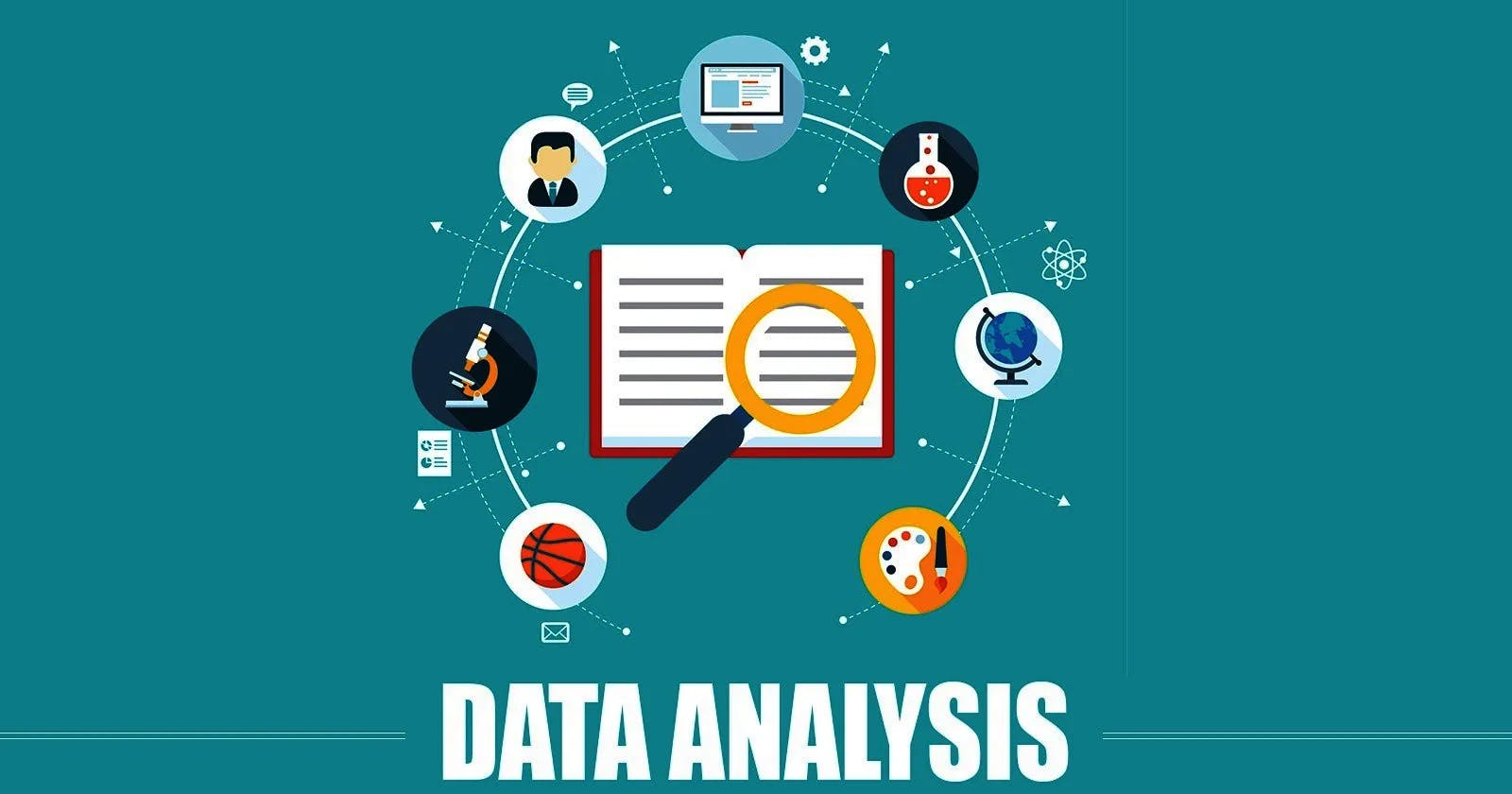Introduction
Analysing unprocessed data to find trends, patterns, and insights that can guide decisions is known as data analytics. data analytics to uncover insights, drive efficiencies, and gain a competitive edge. However, the sheer volume and complexity of data can often overwhelm decision-makers. This article delves into the strategies and techniques in data analytics, aiming to provide a comprehensive guide for harnessing the power of data effectively.
Understanding Data Analytics
Data analytics is the process of analyzing raw data to uncover patterns, trends, and insights that can inform decision-making. It involves various techniques, including descriptive, diagnostic, predictive, and prescriptive analytics, each serving a specific purpose in extracting value from data.
The goal of descriptive analytics is to provide insights into past performance by summarising historical data. It answers questions like "What happened?" and "Why did it happen?" The goal of descriptive analytics is to provide insights into past performance by summarising historical data.
Predictive analytics
Predictive analytics forecasts future events based on past data by using statistical models and machine learning algorithms. It enables organizations to anticipate trends, identify potential risks, and make proactive decisions. Predictive analytics is particularly valuable in areas such as customer churn prediction, demand forecasting, and risk management.
Prescriptive Analytics:
Prescriptive analytics takes predictive insights a step further by recommending actions to optimize outcomes. By leveraging advanced algorithms and optimization techniques, prescriptive analytics helps organizations determine the best course of action in complex decision scenarios. It considers constraints, objectives, and trade-offs to provide actionable recommendations.
Strategies for Effective Data Analytics
Successful data analytics requires a strategic approach that encompasses data management, talent acquisition, technology adoption, and organizational culture. Here are some key strategies for maximizing the effectiveness of data analytics initiatives:
Data Quality and Governance:
High-quality data is critical for accurate and reliable analytics. Establishing robust data governance practices ensures that data is consistent, accurate, and secure across the organization. This involves defining data standards, implementing data quality controls, and ensuring compliance with regulations such as GDPR and CCPA.
Data Integration and Accessibility:
Data silos can impede analytics efforts by fragmenting information and limiting visibility. Investing in data integration tools and platforms enables organizations to consolidate data from disparate sources and create a unified view of their operations. Additionally, ensuring accessibility to relevant data empowers decision-makers at all levels to leverage insights effectively.
Talent Development:
Building a team of skilled data analysts, scientists, and engineers is essential for successful data analytics. Investing in talent development programs, providing access to training and certification opportunities, and fostering a culture of continuous learning can help attract and retain top talent in a competitive market.
Techniques for Data Analysis
In addition to strategic considerations, effective data analytics requires proficiency in various techniques and methodologies. Here are some common techniques used in data analysis:
Statistical Analysis:
Statistical methods play a crucial role in data analysis, providing tools for summarizing, interpreting, and making inferences from data. Descriptive statistics, inferential statistics, hypothesis testing, and regression analysis are among the key statistical techniques used in analytics.
Machine Learning:
Machine learning algorithms enable computers to learn from data and make predictions or decisions without explicit programming. Supervised learning, unsupervised learning, and reinforcement learning are common paradigms of machine learning used in predictive analytics, clustering, classification, and anomaly detection.
Data Mining:
Data mining involves the process of discovering patterns and relationships in large datasets. Techniques such as association rule mining, clustering, classification, and anomaly detection are used to extract valuable insights from structured and unstructured data sources.
Text Analytics:
Text analytics, also known as text mining or natural language processing (NLP), involves extracting insights from unstructured text data. This includes techniques such as sentiment analysis, topic modeling, named entity recognition, and text classification, which are used to analyze customer feedback, social media data, and textual documents.
Time Series Analysis:
Time series analysis is used to analyze data collected over time and identify patterns or trends in temporal data. Techniques such as forecasting, smoothing, decomposition, and autocorrelation analysis are commonly used in time series analysis to make predictions and inform decision-making.
Spatial Analysis:
Spatial analysis involves analyzing data with geographic or spatial components. Geographic information systems (GIS), spatial clustering, and spatial interpolation are among the techniques used to analyze spatial data and derive insights related to location-based patterns and trends.
Conclusion
Data analytics has emerged as a powerful tool for organizations to extract actionable insights from data and drive informed decision-making. By adopting strategic approaches, leveraging advanced techniques, and investing in talent and technology, organizations can unlock the full potential of data analytics to gain a competitive advantage and achieve their business objectives. With data-driven strategies and techniques, organizations can navigate the complexities of the modern data landscape and unleash the transformative power of data analytics. Additionally, by offering a Data Analytics course in Agra, Dehradun, Moradabad, Mumbai, Delhi, Noida and all cities in India organizations can further enhance their capabilities by providing relevant training and education to their workforce, ensuring they are equipped with the necessary skills to excel in this dynamic field.
